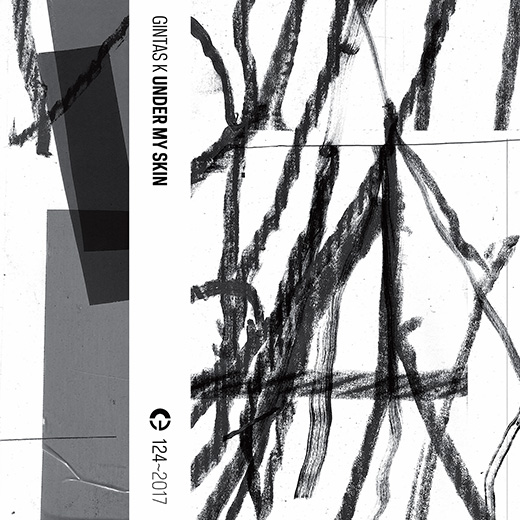“Three-Body Problem†reviewed by The Sound Projector

Now sixteen albums down the line, Portuguese duo @C continue to refine their own brand of subatomic click n’cut ambience with Three-Body Problem, which began life as Agapornis – another puppetry piece soundtrack (like Ab Ovo before it); one inspired by the writer Anaïs Nin. The title symbolises the logistical synergy of three phases of development: the first, a kind of bi-polar dialogue between two female puppets – described at least partly by the pairing of harp and trumpet – informing the initial structure. This underwent considerable post-performance revision in phase two, when musical collaborators (João Pais Filipe (cymbals and bells) and Ricardo Jacinto (cello and electronics)) added their voice, while still somehow facilitating the distillation of twenty-one tracks into just nine.
While clearly thus a collaborative effort, no effort has been spared into merging all of the participants and themes into highly schizomorphic panoramas; a near-seamless continuum of rattling, electronic textures that sprout, tremble and bifurcate in every living moment; miraculously managing to avoid the perils of overpopulation. This ever-transformative morphology also informed the 3BP’s video-based third phase, which while not part of the album itself, is nonetheless intrinsic to both the group’s visuality. Some striking abstractions and patterning offer a distinctive visual description of @C’s detailed processes – and attest to their collaborative creative process, which unfolds beyond the needs of the individual in an ever-fluctuating galaxy of pure possibility. Stuart Marshall
“Geography†reviewed by Jazz.pt
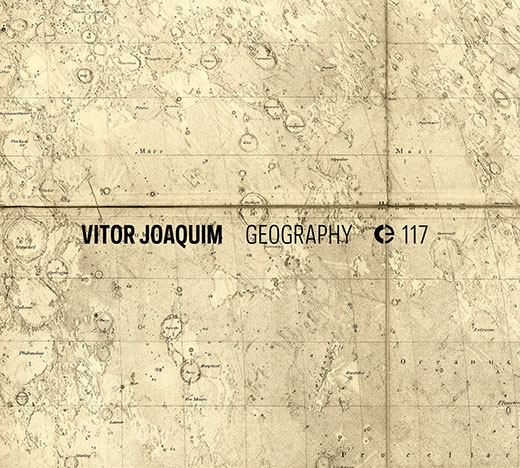
VÃtor Joaquim é um de variadÃssimos casos na cena portuguesa de músicos para quem a improvisação é um processo fundamental, mas que nem por isso consideram tocar aquilo a que vamos chamando “música improvisadaâ€. O facto de o seu instrumento ser o computador, e de este definir à partida o tipo de música que pratica (electrónica / electroacústica), contribui para assim se caracterizar, mas o curioso é verificarmos que o trajecto deste artista sonoro originário de Setúbal, mas há uns anos fixado no Porto, tem sido feito ao lado de figuras da livre-improvisação e mesmo do jazz criativo. Podemos, inclusive, ouvir alguns deles neste disco, como Joe Giardullo, Carlos “ZÃngaroâ€, Gunter Heinz, Angélica V. Salvi, Gustavo Costa ou Ulrich Mitzlaff, com a sua inclusão através de “samples†explicada por Joaquim como uma forma de geolocalizar as suas memórias colaborativas pessoais – cada uma dessas parcerias aconteceu em determinados lugares, que não apenas em determinadas alturas do tempo.
Ora, acontece que este disco é sobre a determinação geográfica dos destinos da humanidade, tema particularmente pertinente nos dias de hoje, devido ao fenómeno dos refugiados do Médio Oriente e do Norte de Ãfrica na Europa, à falsa “guerra civilizacional†entre o Ocidente e o Islão e ao extremar das situações de xenofobia, racismo e nacionalismo, com um regresso do obscurantismo nazi-fascista. VÃtor Joaquim inspira-se mesmo num livro de Jared Diamond, “Guns, Germs and Steel – The Fates of Human Societiesâ€, do qual utiliza como mote a seguinte passagem: «A história seguiu diferentes cursos para diferentes povos devido à s diferenças nos ambientes desses povos e não por causa de distinções biológicas entre eles.» O que quer dizer que a mensagem é a mesma do jazz mais intervencionista e da música improvisada com consciência de si, ainda que os “drones†caleidoscópicos de “Geography†pareçam nada ter que ver com a sonoridade de ambas essas tendências. Assim desmentindo, de resto, que a electrónica seja apenas a banda sonora que se vai dando ao cosmos, na qualidade da mais escapista e alienada das músicas. Rui Eduardo Paes
via Jazz.pt
“Geography†reviewed by Déphasage

Si Vitor Joaquim a un mérite c’est bien celui de conceptualiser ses projets en amont et de les mettre en perspective les uns avec les autres. Après l’élégant “Flow†qui traitait de l’intimité de l’homme et de sa relation avec la machine, puis “Filament†qui questionnait rien de moins que l’infinité de l’espace-temps, voici donc “Geographyâ€. Sorti le 13 septembre dernier, l’album a pour but de relayer les thèses de Jared Diamond, prix Pulitzer en 1998 pour son ouvrage “De l’inégalité parmi les sociétésâ€, dans lequel est défendue l’idée que le facteur essentiel du niveau de développement des hommes est lié à leur environnement immédiat. Loin d’être une simple théorie des climats essentialisante, la thèse de Diamond met plutôt en avant les ressemblances entre les individus, qui partagent les mêmes déterminants biologiques mais sont plongés dans des contextes géographiques qui varient parfois du tout au tout. Vitor Joaquim vise ainsi à développer un discours sur le monde par le seul langage musical ; si le projet est ambitieux les idées font parfois sens, notamment quand Joaquim noie des sons synthétiques que l’oreille associe pourtant à la nature sous d’autres qui, à peine différents, sont immédiatement perçus comme les produits de technologies humaines. Que la pensée de Diamond se retrouve réellement dans Geography ou qu’elle ne lui serve que de simple source d’inspiration importe peu : l’album construit son harmonie grâce à elle et déploie un univers évolutif et tumultueux permettant au formidable label portugais Cronica de compter une belle sortie de plus à son actif.
via Déphasage
Soon in Crónica: Tarab’s “Gleanersâ€
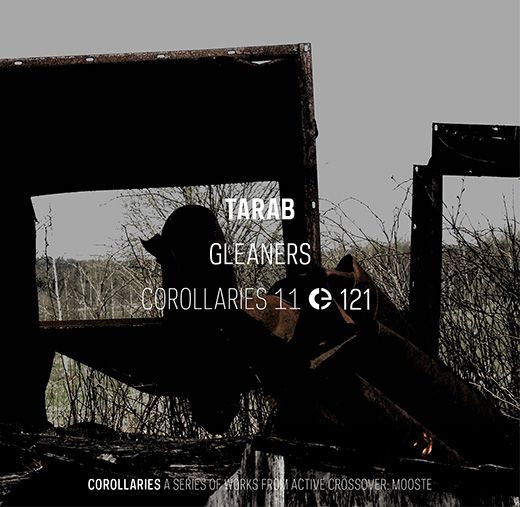
Futurónica 179
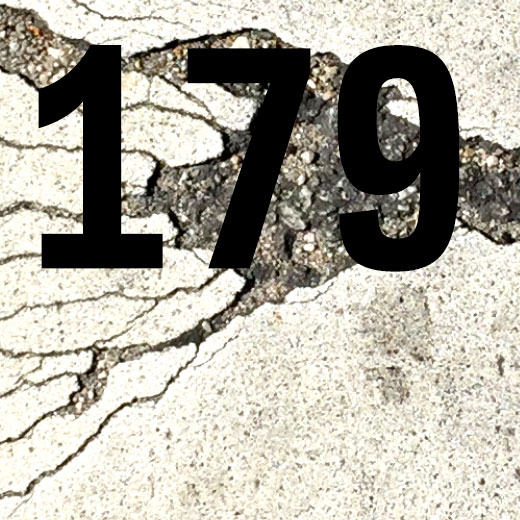
Episode 179 of Futurónica, a broadcast in Rádio Manobras (91.5 MHz in Porto, 18h30) and Rádio Zero (21h GMT, repeating on Tuesday at 01h) airs tomorrow, November 11th.
The playlist of Futurónica 179 is:
- Tamtam, Urban Dialog (2016, Urban Dialog, Crónica)
You can follow Rádio Zero’s broadcasts at radiozero.pt/ouvir and Rádio Manobras at radiomanobras.pt.
Soon in Crónica: Jos Smolders’s “Nowhere: Exercises in Modular Synthesis and Field Recordingâ€
“Becoming-†an installation by @c (Pedro Tudela & Miguel Carvalhais)
Becoming- from Miguel Carvalhais on Vimeo.
“Becoming-†is a site-specific installation exploring the interplay between architecture, space, flora and the garden’s visual and acoustic fields. The installation makes this interplay explicit, through a montage of planes and reflective surfaces within the cistern. “Becoming-†was created for the Cistern of the Casa de Frescos at the Tapada das Necessidades garden in Lisboa, where it was presented from September 1 to 4, 2016. Commissioned by Lisboa Soa.
New in the Corollaries series: Arlene Tucker & Guy Dowsett’s “Hypnomaticâ€
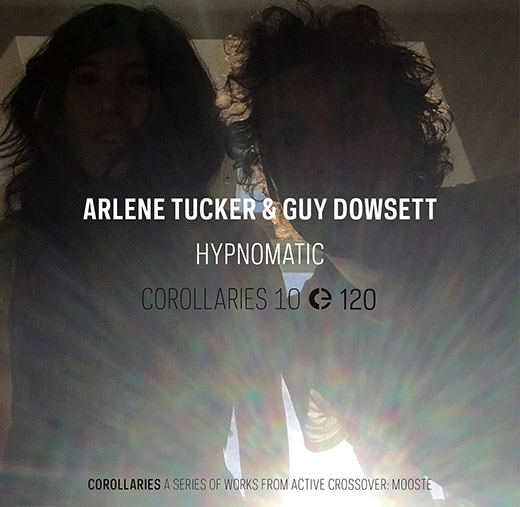
This is the tenth release in the series Corollaries, that compiles works resulting from Active Crossover: Mooste, a cross-cultural collaborative residency curated by Simon Whetham and hosted by MoKS, in April and May 2015. All works are composed from material compiled in a collective archive during the project.
Arlene Tucker and Guy Dowsett approached the Active Crossover: Mooste field recordings as a palette for exploring physical as well as psychological space. Layers of unlikely sound combinations were woven into textures and squeezed in and out of different environments. It became an exploration of sound’s relationship to outside and inside space, as well as psychological headspace. Hypnomatic is a sonic interplay between foreground and background, the conscious and unconscious. Sound is encouraged to fluctuate between focus and blur.
Arlene Tucker is interested in adding play elements to daily life through her art. Inspired by translation studies, she explores how communication can be transposed and transformed, paving the way for unforeseen dialogue to develop. In her works, attention is given to the process of meaning making as she finds ways of connecting and understanding our shared environments. During Active Crossover: Mooste she, along with Simon Whetham, Fernando Godoy, and John Grzinich, put their ears to the ground and eyes towards the sky to try and capture the space between.
Guy Dowsett’s music fuses aural intricacies with colourful atmospheres. His compositions have been performed in concert halls as well as tiny rooms, up trees and in caves. They have pushed acrobats off ropes, perked up puppets and brought out the worst in onscreen psychopaths. Recent collaborations with physical and multi-channel public art installations have taken his sounds outside, sometimes into noisy environments. In such a setting the already existing sounds form an integral part of the sonic expression.
Just as Active Crossover: Mooste has paved possibilities for more works to happen Hypnomatic has also morphed into a platform for other forms of creativity. Andrew Steinmetz, Arlene Tucker, and Nathan Williams collaborated on a series of collages, which are a translation of Hypnomatic. From sounds to cut up images, the piece scored a way for stories to multiply.
Hypnomatic was implemented into IMPLANTS, a sound installation made by Guy Dowsett for Zodiak Centre of New Dance, with support from Aalto University, situated at Antinniitty, Kannelmäki, Helsinki. Elements of Hypnomatic were used in Puutarhatanssit, choreographed by Jenni Koistinen and in the dance performance, Sounds of Terra, performed and choreographed by Hanna Pajala-Assefa. The dancer wore sensors and actively manipulated Dowsett’s sound design with her body movements. Active Crossover: Mooste’s sound archive was integral to this innovative performance.
“Hypnomatic†is a free download from Crónica or Bandcamp.
Futurónica 178
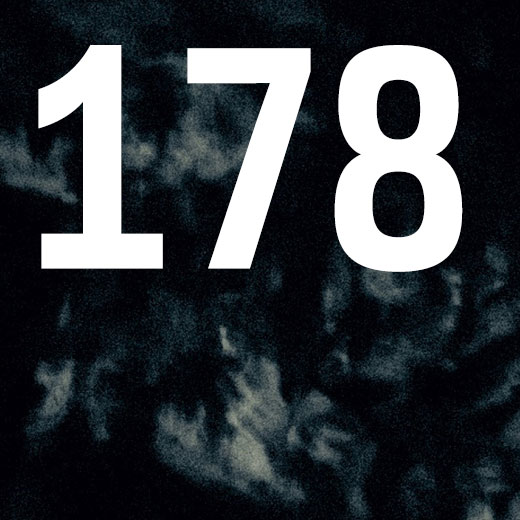
Episode 178 of Futurónica, a broadcast in Rádio Manobras (91.5 MHz in Porto, 18h30) and Rádio Zero (21h GMT, repeating on Tuesday at 01h) airs tomorrow, October 28th.
The playlist of Futurónica 178 is:
- Javier Piñango, sur_sierra_piedra_tierra_grieta [descendiendo: mulhacén vigilante] (2016, i.r.real 8, Plus Timbre)
- Javier Piñango, sur_puño_olivo_sangre_agua [precipicio y revolución y burbuja cerrada] (2016, i.r.real 8, Plus Timbre)
- Javier Piñango, sur_caÃda_pie_resistencia_mar [contraviesa hacia el infinito] (2016, i.r.real 8, Plus Timbre)
You can follow Rádio Zero’s broadcasts at radiozero.pt/ouvir and Rádio Manobras at radiomanobras.pt.

